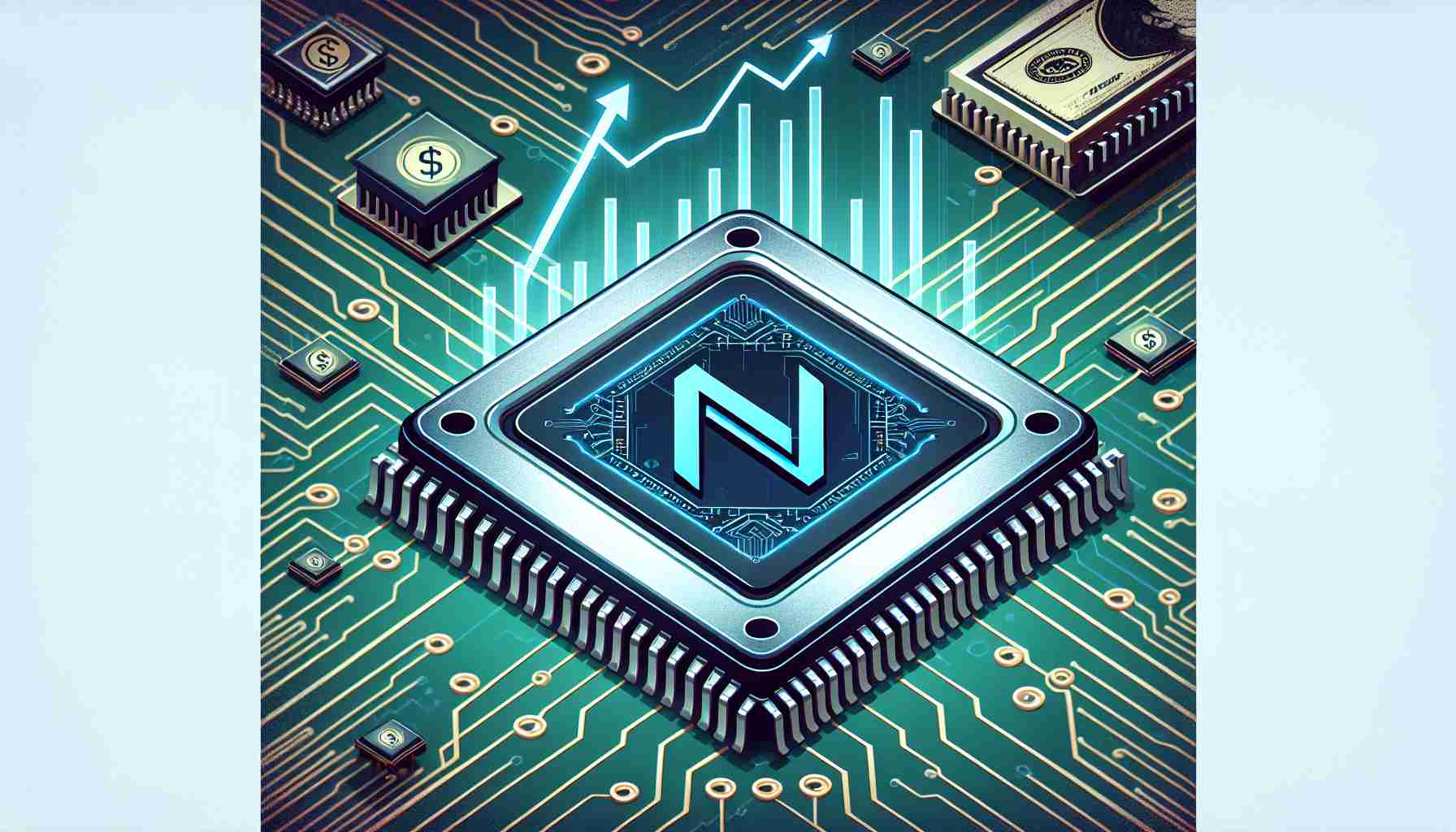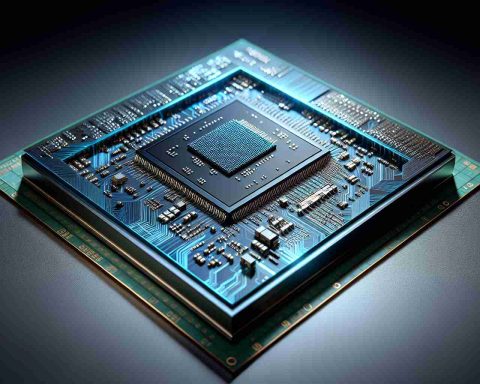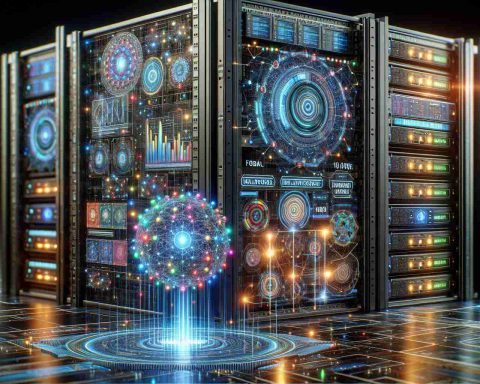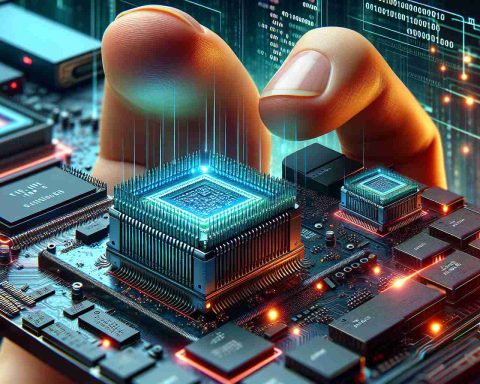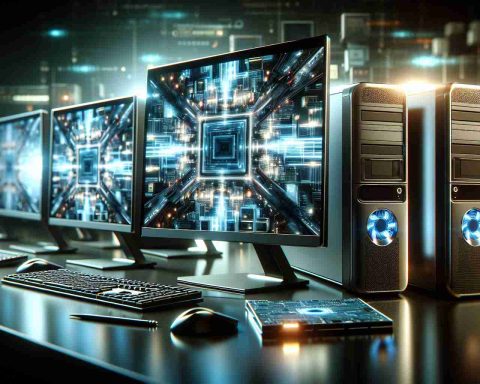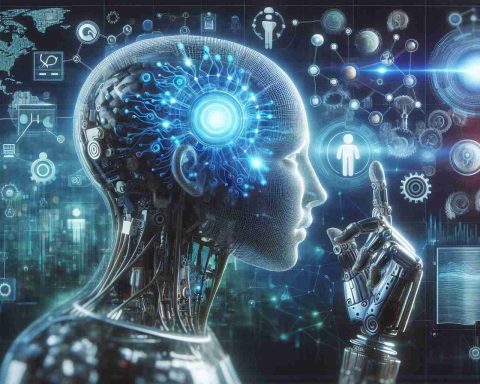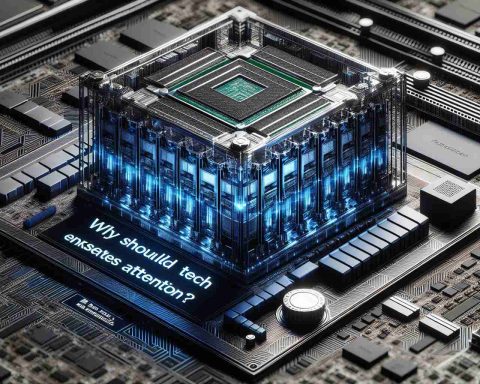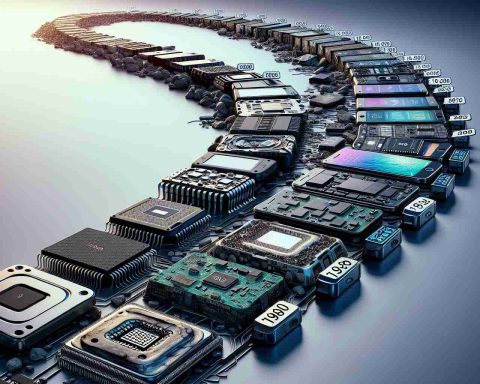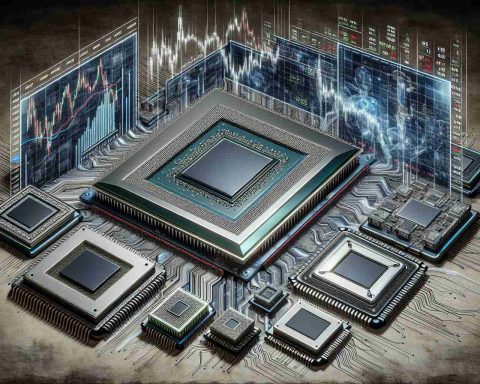Nvidia has made headlines once again by joining the prestigious Dow Jones Industrial Average, marking a significant milestone in the company’s history and cementing its position as a leader in the artificial intelligence sector. This move comes as a result of Nvidia’s astronomical growth over the past decade, during which its revenue skyrocketed by 2,300% and its net income surged by an astounding 8,460%.
The Dow Jones Industrial Average, a key barometer of the U.S. economy, has selected Nvidia to replace Intel, making it one of the few elite companies added to this benchmark index in 2023. The Dow Jones tracks 30 major U.S. corporations, offering a snapshot of the nation’s economic health. Nvidia’s inclusion reflects its excellent reputation and appeal to investors.
Nvidia’s journey began in the gaming industry with groundbreaking graphics processing units (GPUs). However, a pivotal transformation occurred when the potential of these GPUs was realized beyond gaming, revolutionizing high-performance computing and machine learning applications. This foresight positioned Nvidia as a central player in the booming AI sector, where it now controls a dominant share of the data center GPU market.
Financial analysts remain bullish on Nvidia’s prospects, with 94% recommending it as a buy. Despite a sky-high valuation, expectations of sustained growth drive optimism. Nvidia forecasts Q4 revenue at $37.5 billion, a growth of 70%, revealing promising continued expansion amid supply chain challenges.
With its deep roots in AI and unparalleled growth trajectory, Nvidia emerges as a dynamic choice poised to capitalize on the AI revolution’s upward momentum.
Nvidia’s Rise: Transformative Impacts on Society and Technology
Nvidia’s inclusion in the Dow Jones Industrial Average is more than just a testament to its business success; it is a reflection of the profound impact that the company continues to have on technology, society, and economies worldwide. As Nvidia evolves from its origins in gaming graphics to becoming a formidable force in artificial intelligence, its influence permeates various aspects of life that might surprise and even concern us.
Transformative Impacts on Healthcare and Research
Nvidia’s advancements in AI are revolutionizing the healthcare industry. AI-powered diagnostic tools, enabled by Nvidia’s GPUs, are becoming more precise at detecting conditions like cancer and cardiovascular diseases. This development is likely to improve early detection rates and successful treatment outcomes, potentially saving countless lives. Furthermore, Nvidia’s technology aids in medical research, facilitating faster drug discovery and personalized treatments through bioinformatics.
Controversies and Ethical Concerns
However, the growing reliance on AI also raises ethical questions. What are the implications of machine-driven diagnostics, and who bears responsibility for errors? Moreover, AI-driven analytics relying on personal health data could lead to privacy breaches, sparking debates over data security and individual rights.
Impact on Employment and Industry Dynamics
Artificial intelligence is reshaping industries, leading to new job opportunities, while simultaneously threatening traditional roles. As Nvidia drives efficiency in various sectors, from manufacturing to finance, there is a mounting fear of job displacement. While technology creates new roles—like AI management and data analysis—these jobs may not automatically be accessible to those displaced due to differing skill requirements.
Strengthening Infrastructures and Societal Advancements
On the positive side, Nvidia’s technology significantly enhances infrastructure, making smart cities more viable. Improved traffic systems, energy management, and public safety solutions rely heavily on AI capabilities. This progress can lead to more sustainable urban living and better quality of life.
Environmental Considerations
Nvidia’s growth is not without environmental concerns. The production of high-performance GPUs is resource-intensive, which raises questions about environmental sustainability and the company’s carbon footprint. Nvidia is encouraged to adopt greener technologies and better resource management practices to mitigate this impact.
Advantages and Disadvantages
Advantages:
– Enhanced medical diagnosis and treatment.
– Creation of high-tech jobs and economic growth.
– Improved urban sustainability and safety.
Disadvantages:
– Job displacement and skill mismatch.
– Ethical and privacy issues related to AI.
– Environmental concerns from tech production.
Related Questions and Answers
How is Nvidia impacting education?
Nvidia’s AI technologies provide new educational tools and platforms that facilitate personalized learning and remote education, especially crucial during times of global crises like the COVID-19 pandemic. However, reliance on technology could widen the gap between schools with differing resource levels.
What is Nvidia doing to address environmental impact?
Nvidia is investing in energy-efficient GPU architectures and participates in global initiatives to reduce its carbon footprint. Yet, more transparency and aggressive goals in sustainability efforts would be beneficial.
To explore more about Nvidia and its technologies, visit Nvidia.

